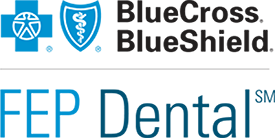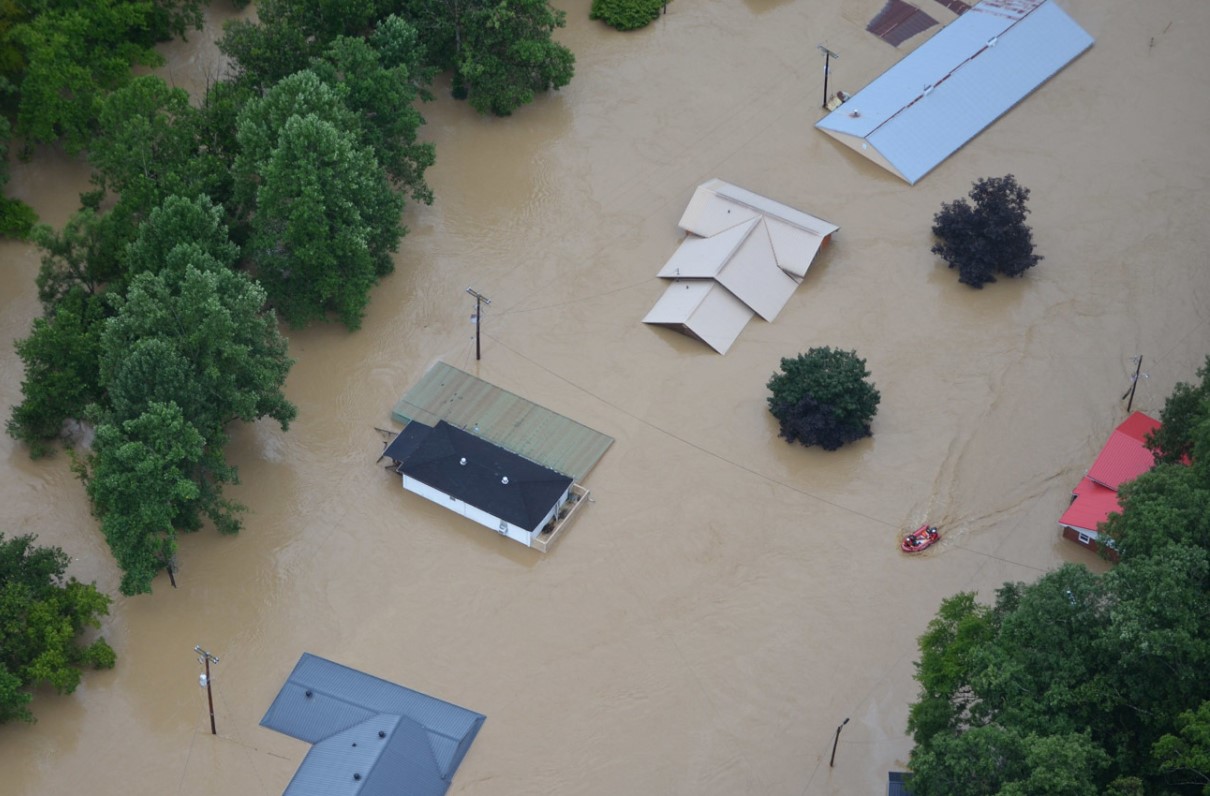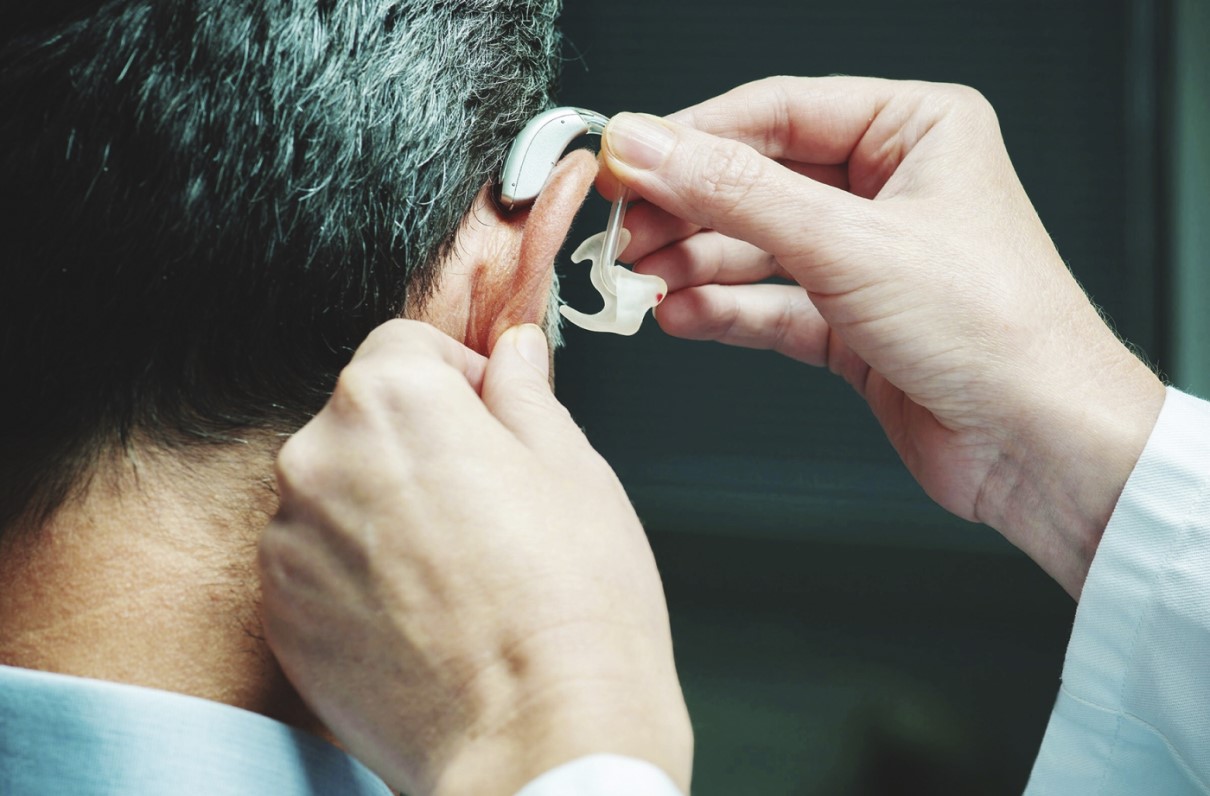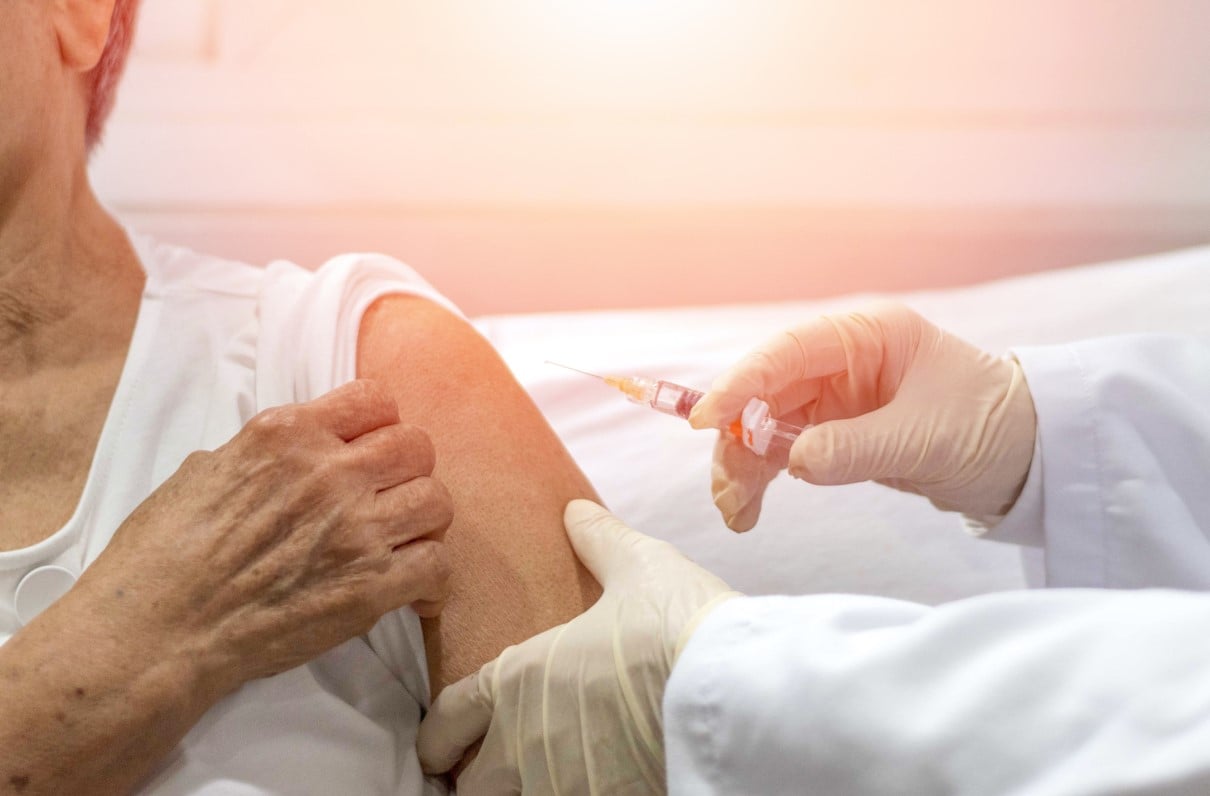 MOAA’s TRICARE Toolkit provides insight and tips for navigating your TRICARE benefits. Have a question or suggestion for an upcoming column? Email beninfo@moaa.org. This toolkit entry is sponsored by BlueCross BlueShield FEP Dental; see other TRICARE Toolkit columns at MOAA.org/tricaretoolkit.
MOAA’s TRICARE Toolkit provides insight and tips for navigating your TRICARE benefits. Have a question or suggestion for an upcoming column? Email beninfo@moaa.org. This toolkit entry is sponsored by BlueCross BlueShield FEP Dental; see other TRICARE Toolkit columns at MOAA.org/tricaretoolkit.
Hurricane season began June 1 and runs through Nov. 30. Fire season varies throughout the country but appears to be another active one this year. We also have spent more than two years dealing with a worldwide pandemic.
The Federal Emergency Management Agency encourages everyone to prepare before a disaster strikes. Have you put together an emergency plan for yourself and your family? In it, you should consider health care needs.
TRICARE’s website has information, tools, and links to assist with disaster preparedness, providing tips on what to do before and after a disaster occurs.
Before
- Plan a safe evacuation route, and identify a safe shelter space.
- Have waterproof containers available to stow ID cards, medical insurance cards, driver’s licenses, Social Security cards, checkbooks, credit cards and cash, prescription containers and lists of medicines/doses/frequencies, important phone numbers, shot records/medical information, and a first aid kit.
- If you have special needs (including chronic medical conditions, vision, hearing, or mobility impairment), speak with your physicians about emergency medical plans, know the location of more than one facility if you need special life-sustaining treatment, wear medical alert tags or bracelets, subscribe to receive disaster warnings (you can get emails from TRICARE), and arrange for help getting to a shelter.
After
- Check your ID and enrollment cards.
- Follow appropriate referral and authorization procedures. TRICARE may issue blanket waivers of referrals and authorizations after a disaster, but be aware when they end so you do not incur unnecessary out-of-pocket costs.
- Transfer your enrollment if you move. If you move after an evacuation, you have 90 days from the date of your move to change your health plan to avoid a break in service.
- Keep paying fees and premiums. If you pay enrollment fees monthly, ensure that payments continue after a disruption.
- File claims in a timely manner. If you pay out-of-pocket costs for care during a crisis, you need to expeditiously file your own health care claims.
- Keep copies of your medical records. They will help any new providers understand your health care needs.
[RELATED: Can You Save on TRICARE Meds? Check Out This Price Tracker]
When a state of emergency has been declared, TRICARE may allow different processes than usual, including early prescription refills, blanket waivers for referrals and authorizations, and other emergency benefits.
Have More Questions About Your Health Care Benefit?
MOAA's TRICARE Guide answers some commonly asked questions.



